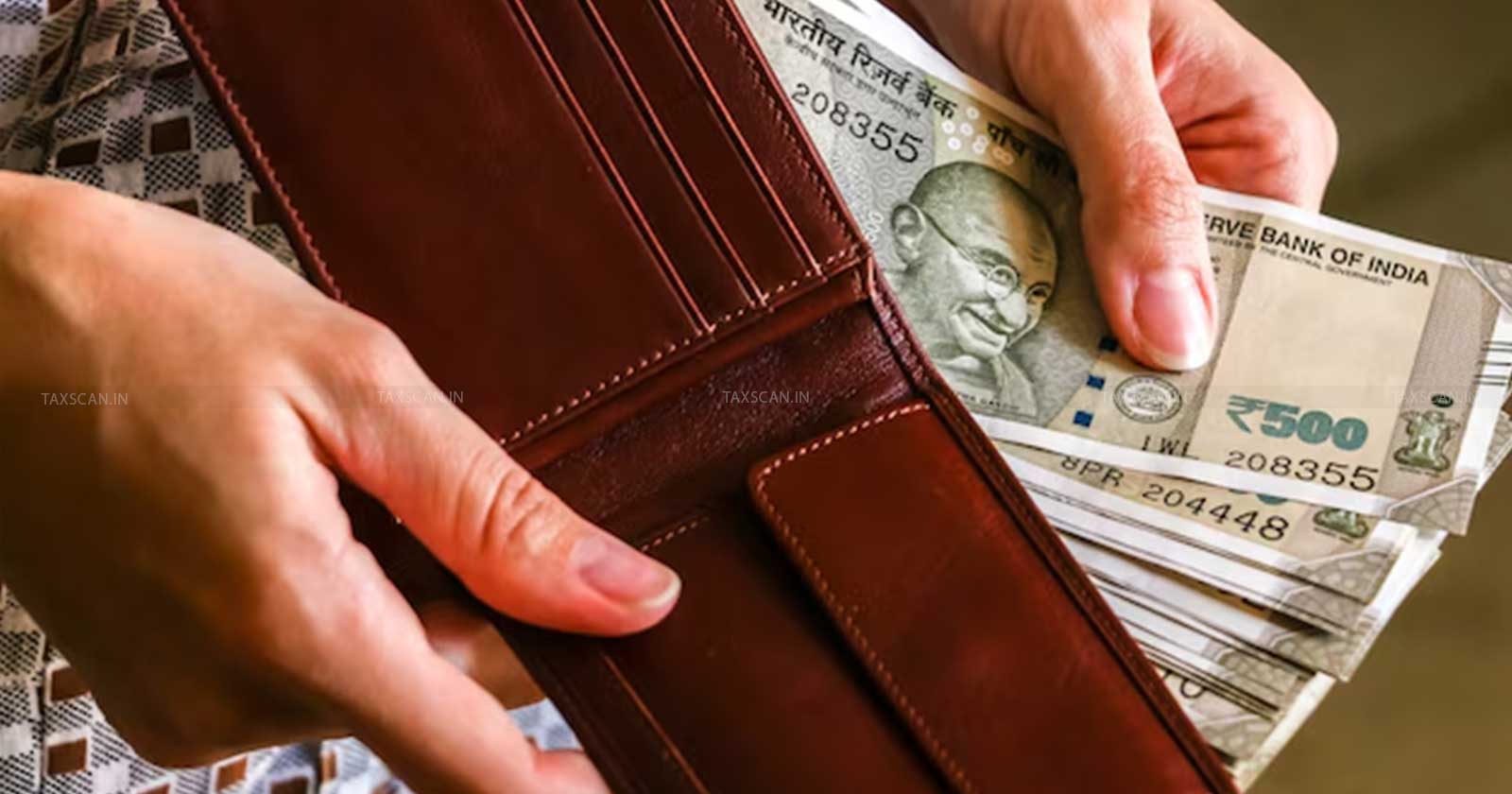Rule 8D Applicable only if Taxpayer's Calculation of Expenses for Exempt Income Found Inadequate: Delhi HC [Read Order]
The court upheld the ITAT’s decision to limit the disallowance to ₹7,50,000 and dismissed the Revenue's appeal

Delhi High Court – Rule 8D applicability – Delhi High Court Rule 8D ruling – taxscan
Delhi High Court – Rule 8D applicability – Delhi High Court Rule 8D ruling – taxscan
In the recent ruling, the High Court of Delhi, held that Rule 8D can only be applied if the taxpayer's calculation of expenses for earning exempt income is found to be inadequate.
The Revenue-appellant challenged the ITAT's order dated 16.06.2023 in ITA No. 4115/Del/2013 and CO No. 244/Del/2013 under Section 260A of the Act. In this case, UK Paints India Pvt. Ltd., respondent-assessee, filed its return for Assessment Year (AY) 2008-09 on 30.09.2008, declaring ₹10,43,43,498/-, which was selected for scrutiny.
Step by Step Guidance for Tax Audit & E-filing, Click Here
The assessee earned ₹8,55,88,493/- in dividend income, exempt under Section 10(34), and attributed ₹7,50,000/- as expenses related to this income. It explained that the dividend came mainly from its investment in Berger Paints, which required minimal expenditure.
The assessee calculated the disallowance under Section 14A at ₹7,50,000/-, covering salaries and administrative expenses. The Assessing Officer (AO), applying Rule 8D, computed a disallowance of ₹93,62,120/-, which was reduced to ₹86,12,120/- after considering the ₹7,50,000/-. The assessee contested this, claiming the correct disallowance should have been ₹44,00,176/-, but the AO did not accept it.
Step by Step Guidance for Tax Audit & E-filing, Click Here
The assessee, aggrieved by the assessment order, appealed to the Commissioner of Income Tax (Appeals)[CIT(A)]. The CIT(A) agreed that the assessee’s disallowance of ₹7,50,000/- for exempt income was not defective. However, the CIT(A) found fault with the AO for not recording adequate satisfaction before applying Rule 8D. Despite this, the CIT(A) made a lump sum disallowance of ₹20,00,000/- on an ad hoc basis. The CIT(A) directed the AO to recompute the disallowance, reducing the ₹7,50,000/- already considered by the assessee.The rest of the addition was deleted and partly allowing the ground.
The Revenue appealed against the CIT(A)'s decision, and the assessee filed cross-objections. The ITAT agreed that the AO failed to record dissatisfaction before applying Rule 8D but disagreed with the ₹20,00,000/- ad hoc disallowance. The ITAT limited the disallowance to ₹7,50,000/-, as made by the assessee. The Revenue's appeal was dismissed, and the assessee's cross-objections were allowed.
Step by Step Guidance for Tax Audit & E-filing, Click Here
The Division Bench comprising Vibhu Bakhru (Justice) and Swarana Kanta Sharma (Justice) observed that neither the AO nor the appellate authorities (CIT(A) and ITAT) found the assessee's computation of expenses for earning exempt income to be incorrect or insufficient. Since the AO did not challenge the assessee's computation, Rule 8D could not be applied.
The court referenced earlier decisions, including Coforge Limited and H.T. Media Ltd., which established that Rule 8D should only be invoked if the AO is unsatisfied with the assessee’s claimed expenses. In this case, as the AO did not question the assessee's claim, the ITAT's decision was upheld, and the Revenue's appeal was dismissed.
To Read the full text of the Order CLICK HERE
Support our journalism by subscribing to Taxscan premium. Follow us on Telegram for quick updates


